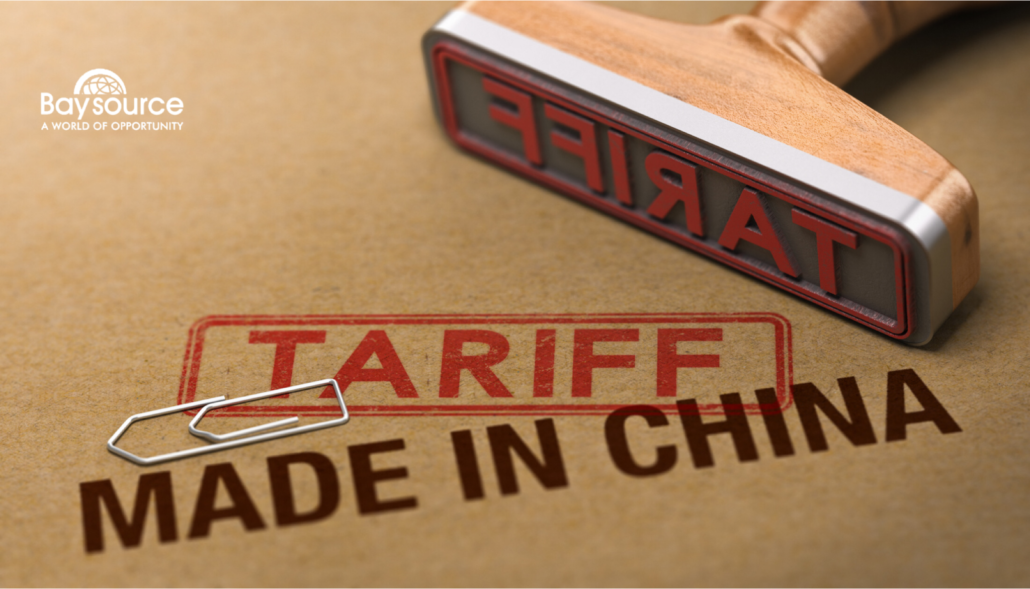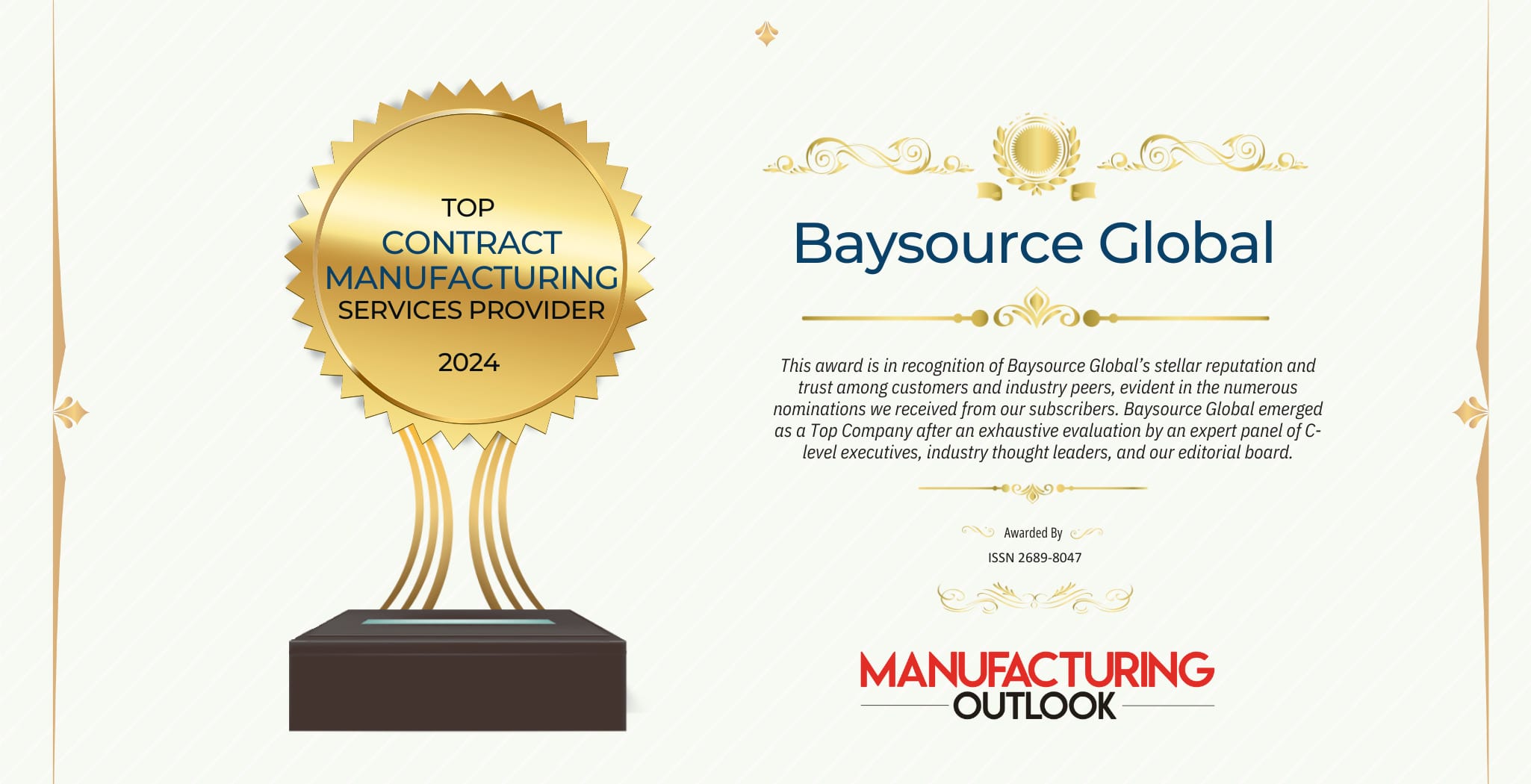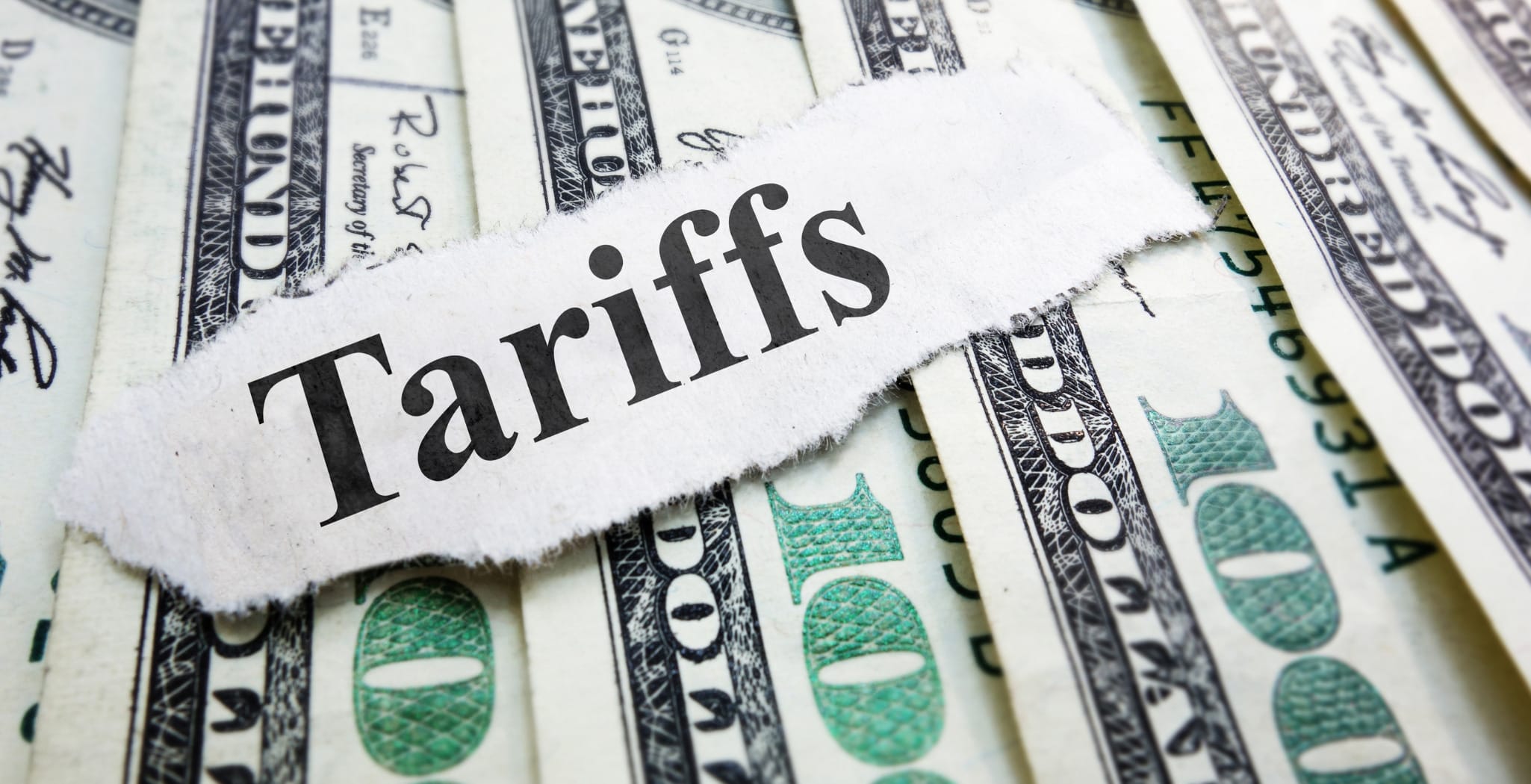The upside to manufacturing products in China is well known: quality, price and reliability to name but three elements. However, recent tariffs imposed against China by the U.S., and retaliatory tariffs imposed by China on U.S. imports, is news that changes daily. After a meeting at the G20 summit, the two leaders agreed to what is being referred to as a 90 day ‘ceasefire’ on tariffs between the two countries, including the planned January 1 increase that the U.S. was committed to.
“After a 2-1/2 hour dinner with Xi on Saturday in Buenos Aires, Trump agreed to postpone an increase in the tariff rate on $200 billion worth of Chinese imports to 25 percent from 10 percent that was scheduled for Jan. 1. China agreed to resume purchases of some U.S. farm and energy commodities. The two sides also agreed to negotiate in the next 90 days over “structural changes” to China’s policies on technology transfers, intellectual property protection, non-tariff barriers, cyber intrusions and theft, services and agriculture.” (Source)
The tariffs themselves are only part of the problem: it’s the uncertainty and unpredictability of a Trump led trade war that makes it difficult for U.S. businesses to continue to manufacture their products in China without concerns for increasing costs and delays.
What is a tariff?
A tariff is an economic sanction imposed by one country on another with regards to the import of goods. While technically classified as a tax or levy, the purpose of a tariff is to protect the domestic industry, typically of the production of goods of one country, against cheaper imports from another.
Also known as a trade barrier, the value of tariffs in protecting domestic manufacturing jobs is limited, but tariffs and trade wars continue in the global economy, in part as a political maneuver intended for domestic consumption.
What is the impact of the trade war between the U.S. and China?
The trade war between the U.S. and China has many consequences for companies looking to manufacture in Asia and wanting to maintain an uninterrupted supply chain for their businesses. The uncertainty that comes with this kind of political haggling has a real cost for U.S. businesses so the strategy must always be to have a plan b in place.
For companies that are already well on their way with a supply chain set up in China, it could be expensive and time consuming, to say nothing of creating a delay to market, to start over with a new supplier. If, however, you’re looking to launch a new product in the midst of the uncertainty stirred up with this trade war, it’s wise to set up an alternate strategy.
How you can set up a plan b strategy for your company
While you may choose not to shift course from manufacturing in China, it’s best to be prepared in case the tariffs do continue to create increased cost and uncertainty in the region. How?
- Evaluate your product SKUs — Take a long look at what you are manufacturing and where, at what cost, and with what current limitations in the supply chain (time to ship, delays, etc…)
- Determine your top 2-3 revenue streams and/or profit generators — Focusing your time and effort in a plan b scenario on the products with the highest ROIs makes the most sense.
- Update tariffs by HS code (by component and/or assembly) — Get a true picture of the full manufacturing cost, along the entire supply chain, from inception to delivery.
- Compute 2 -3 tariff rate scenarios —Take a look at other tariff rate with different countries, to find comparables in Asia.
- Find new potential factories in Southeast Asia that correlate with your product line — If you decide that a shift away from China, temporarily or otherwise, is necessary, you’ll need to know what options are open to you.
- Verify if the potential factories have proficiency, interest, and capacity to manufacture your products — A course correction in terms of manufacturing isn’t something you undertake lightly so do your due diligence to ensure the companies that you’re looking at can handle your orders.
- Qualify a potential factory’s abilities through audits — Ultimately, if the end product doesn’t meet the standards you’ve been used to with your Chinese manufacturing companies, you won’t be better off, tariffs or no tariffs.
- Get price quotes from several manufacturers outside of China — This process will typically take a few rounds of negotiation to get to a final number, but ultimately, will give you a strong position from which to make a decision, should the need arise.
None of these plans are intended to eliminate your existing relationships with Chinese manufacturers, but simply to provide you with the plan b strategy that will ensure that you’re not caught up in the unpredictable consequences of U.S. tariffs and trade war posturing.







Follow Us